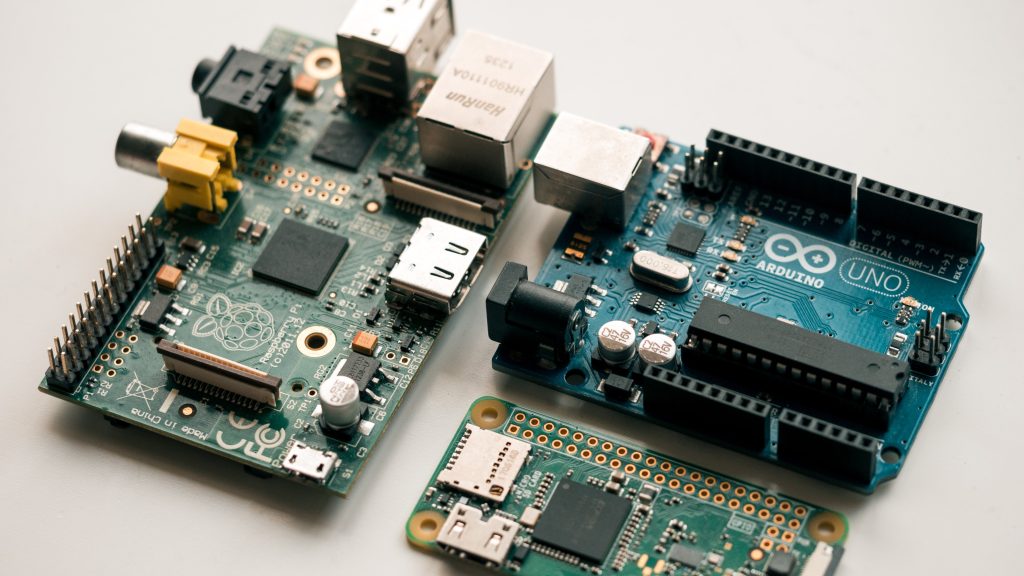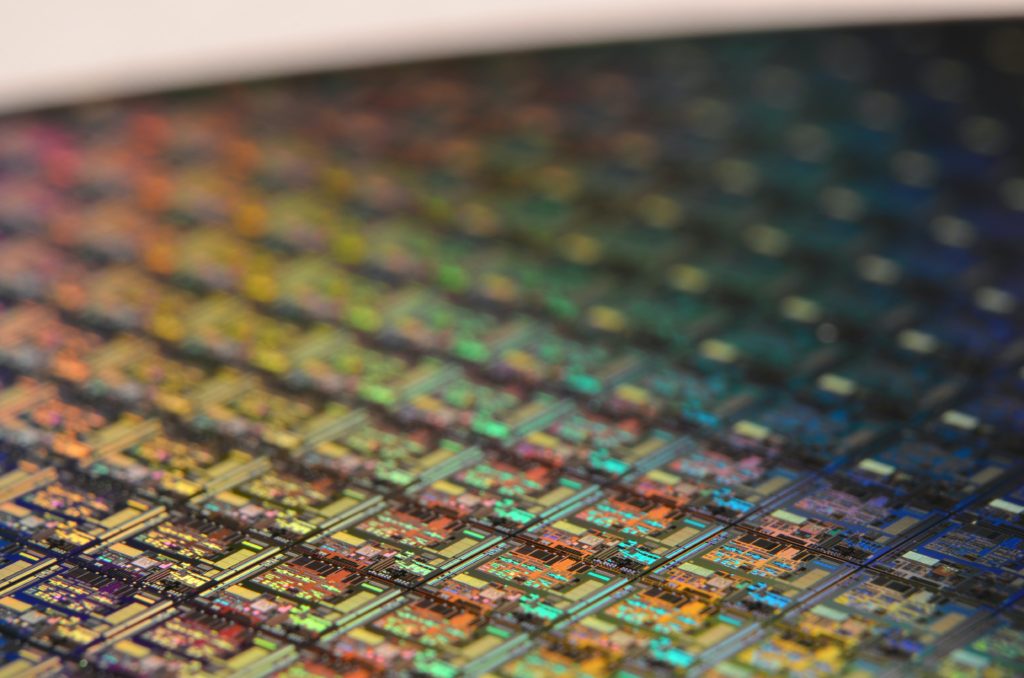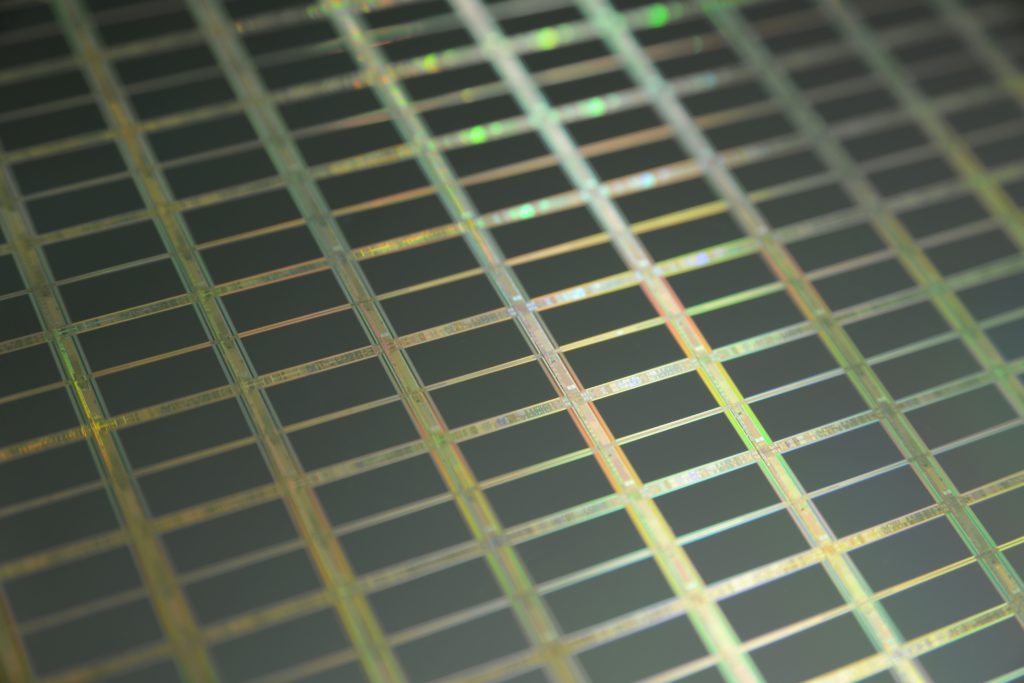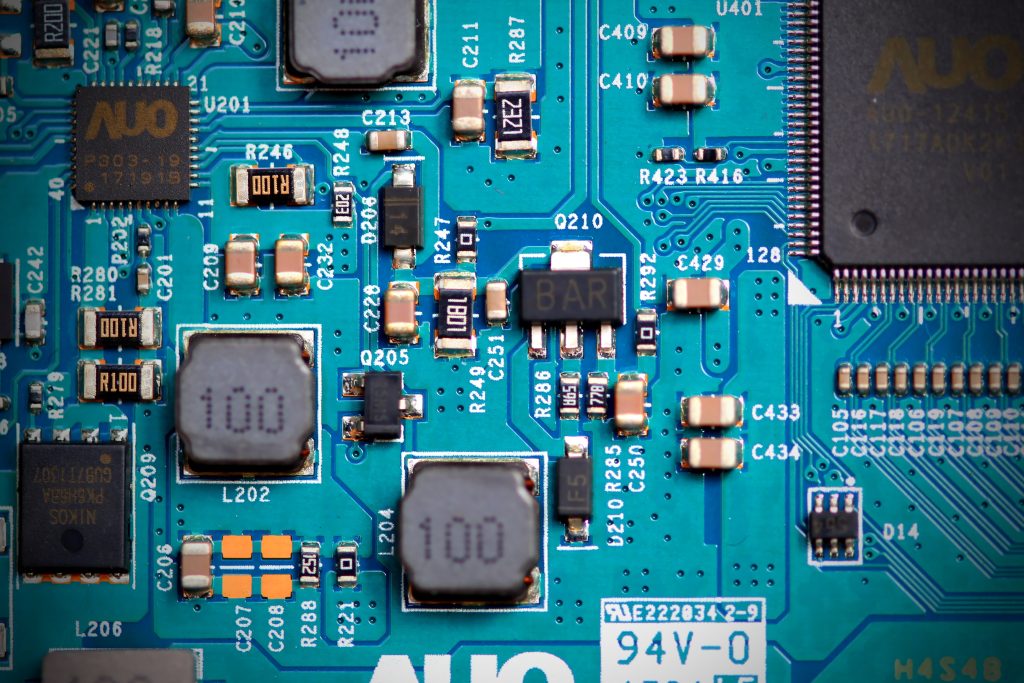Photo by Harrison Broadbent on Unsplash
Semiconductor companies not only design silicon devices but also (directly and indirectly) power different types of embedded systems. These systems (smart devices, laptops, servers, etc.) cater to consumer and enterprise electronics. And to validate new ideas or prototypes, embedded systems play a crucial role.
The embedded board has different silicon devices based on the target application. Almost all major silicon solutions (XPUs, Wireless Chipset, etc.) have an embedded solution that allows software and hardware developers to try out new features or even build new types of applications.
System: Semiconductor Devices Are The Building Blocks Of Different Types Of Embedded Systems.
Open: Open Embedded Systems Have Enabled Anyone To Explore And Learn About The Different Silicon Blocks.
Over the last decade, the embedded system domain has become more open source. It now allows anyone to understand the hardware-software interaction and its working and is then used to provide a new type of consumer experience.
To use embedded systems/boards requires detailed knowledge about underlying silicon architecture. This requirement is also driving the semiconductor knowledge, thus opening up avenues to develop new types of software-hardware systems.

As the complexity of the end system grows, the best way to capture how it will work and not work is via embedded systems. To do so, the companies developing the silicon chipsets often comes up with embedded hardware and software development kit. Which can be used by anyone to try out the next-gen chipset to capture not only features but also how it might or might not fit the future requirements.
This process has also created open hardware and software embedded ecosystem. It is not only catering to the semiconductor industry but also to the students who want to learn more about the internal workings of memory, kernel, and drivers.
Ecosystem: Open Hardware Systems Have Led To The Creation Of A New Type Of Software And Hardware Embedded Ecosystem.
Learning: Embedded System Provides An Easier And Faster Way To Learn More About Different Types Of Semiconductor Silicon Blocks.
While the embedded system does not directly enable knowledge of how semiconductors work, it does provide a platform for anyone to try out the different types of open hardware to understand internal blocks. On top, the growing software ecosystem also enables new learning and skill building.
As the semiconductor chipsets become more complex and software-driven, the embedded system knowledge will become very crucial and thus will drive bot the semiconductor and electronic system design industry forward.


















